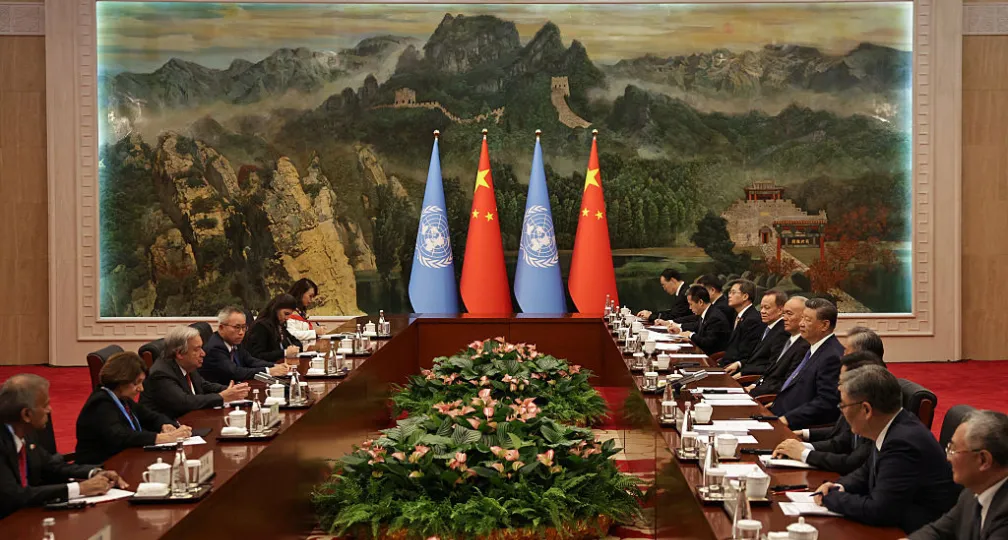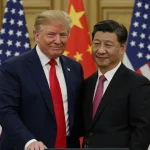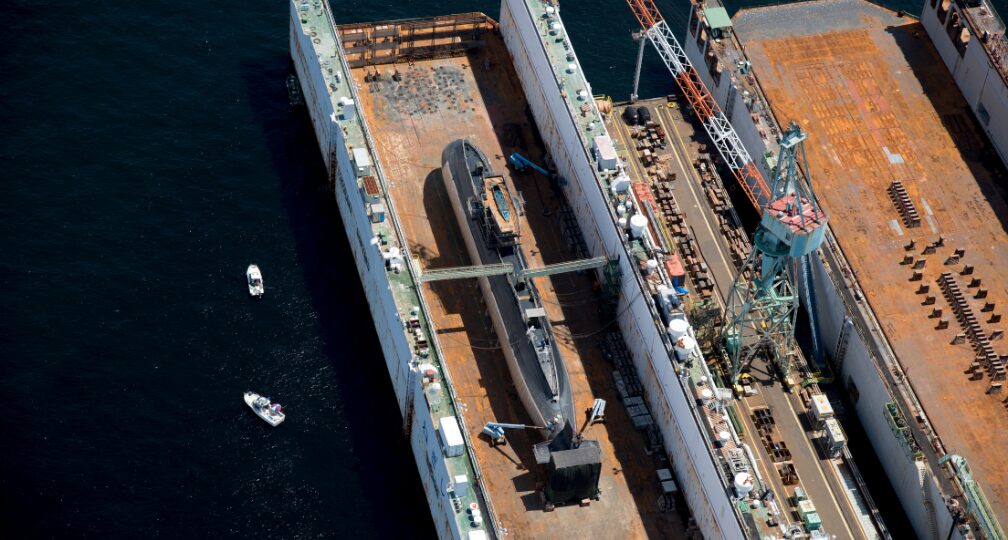Why deploying U.S. Army in the Middle East can strengthen deterrence in the Western Pacific
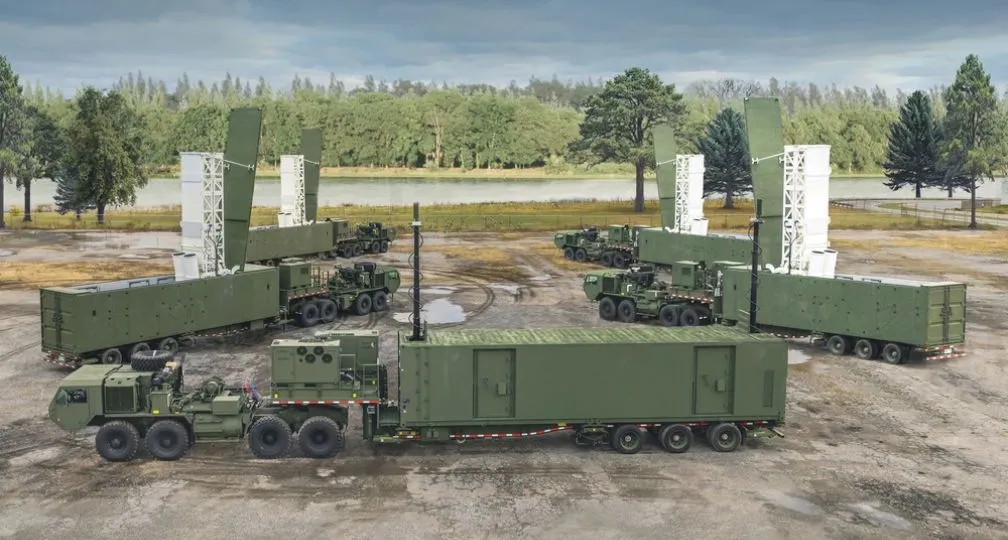
Challenges in the Western Pacific Deterrence Posture
Since the final years of the Obama administration, the U.S. military has been working to strengthen deterrence against China. However, with only 11 aircraft carriers—of which only a third are operational at any time—this effort is hindered by conflicting strategic demands.
The first demand is sustaining a strong U.S. military presence in the Western Pacific, given China’s conventional military advantage. The second is maintaining deterrence and crisis response beyond the Indo-Pacific, often forcing the U.S. to divert forces elsewhere.
Whenever these two demands come into conflict, it is almost always the deterrence posture in the Western Pacific that gets sacrificed. This has led to repeated instances of forward-deployed carrier strike groups in Japan being urgently dispatched to the Middle East. Carrier strike groups, prized for their mobility and rapid deployment, as well as the lack of need to coordinate with host nations, are frequently called upon for crisis response outside the theater, weakening deterrence in the Pacific. This dilemma has repeatedly left the region without a nuclear-powered carrier, as seen when the Yokosuka-based carrier was sent to support the 2021 Afghanistan withdrawal and 2024 strikes on Iran’s proxies. As the likelihood of a Taiwan contingency increases, continuing the same pattern of cross-regional force dispatch would be too risky. A new strategic approach is thus required.
The U.S. Army’s Long-Range Precision Strike Capabilities
A second Trump administration must resolve the dilemma of strengthening deterrence in the Western Pacific while stabilizing other regions. Establishing a permanent ground-based crisis response capability in the Middle East could reduce reliance on aircraft carriers, allowing greater focus on the Indo-Pacific.
The U.S. Army’s Multi-Domain Task Force (MDTF), with long-range precision strike capabilities, could enhance response capabilities. The task force is primarily composed of a Strategic Fires Battalion and an Air Defense Battalion. The former combines mobile launch platforms carrying short, medium, and long-range missiles with electronic warfare, cyber, and information warfare capabilities. The latter is also equipped with air defense systems capable of countering emerging aerial threats such as drones.
Critics may doubt whether an MDTF’s precision strike capabilities can effectively deter Iran and its proxies. While past cases provide little evidence that such capabilities enhance deterrence, aircraft carrier deployments have also failed to deter Iran or neutralize threats from groups like the Houthis. If carriers are not achieving these objectives, their continued presence in the region is questionable. Given the MDTF’s ability to deliver high-impact strikes as carrier’s do, stationing it in the Middle East could be a more effective and sustainable alternative to deploying strike groups for every crisis.
The Significance and Challenges of Deploying the Multi-Domain Task Force to the Middle East
The MDTF can strengthen deterrence against China not only by deploying in the Western Pacific but also by accelerating its presence in the Middle East. While this may seem counterintuitive, a capable MDTF in the region could reduce reliance on carrier strike groups, preserving their availability for deterring China. If Middle Eastern tensions escalate, deployments of carriers may still be necessary, but the deployment of the task force could minimize their frequency and scale, contributing to maintaining strategic balance in the Pacific.
By 2028, the U.S. Army plans to operationalize five MDTFs—three in the Pacific, one in Europe, and one in the Middle East. However, whether a single task force in the Middle East can provide sufficient crisis response capability remains debatable, necessitating a reassessment based on regional conditions.
Yet, there are several challenges associated with it. Despite the unit cost being cheaper than a carrier strike group, the MDTF relies on costly ammunitions, such as Tomahawk cruise missiles and hypersonic missiles. To ensure cost-effective operations, integrating lower-cost missiles and unmanned assets from emerging defense firms should be considered.
Host nation approval is another challenge. Japan declined to host an MDTF due to concerns about public backlash. Careful diplomacy will be required to maintain trust with allies while ensuring the smooth deployment of forces.
Shifting dynamics in the Middle East present a window of opportunity for a new deterrence framework against Iran and its proxies. With these changes, U.S. allies in the region may be increasingly willing to take on greater security responsibilities, including hosting an MDTF.
The Strategic Vision Required for the Next Global Posture Review
As the Trump administration drafts a new National Defense Strategy, a Global Posture Review will likely be conducted to reassess U.S. force distribution. To avoid past mistakes, the U.S. military must ensure that multiple strategic fronts have a sufficient crisis response capability.
A key priority should be balancing sudden Middle Eastern contingencies with a strong continuous posture against China. One viable option to partially compensate for the role of carrier strike groups in the Middle East is to accelerate the deployment of the MDTF. Additionally, by shifting the financial burden of such a deployment onto regional countries that seek continued U.S. deterrence against Iran, this strategy could align with an “America First” approach.
The U.S. Marine Corps, another land force of America’s arsenal, has in recent years shifted its role from an organization that fights with Navy support to one that supports the Navy at the operational level, ensuring superiority in maritime warfare. Likewise, the U.S. Army could enhance the military balance against China in the Western Pacific by complementing naval and air forces in other regions.
(Photo Credit: Darrell Ames / Program Executive Office Missiles and Space)
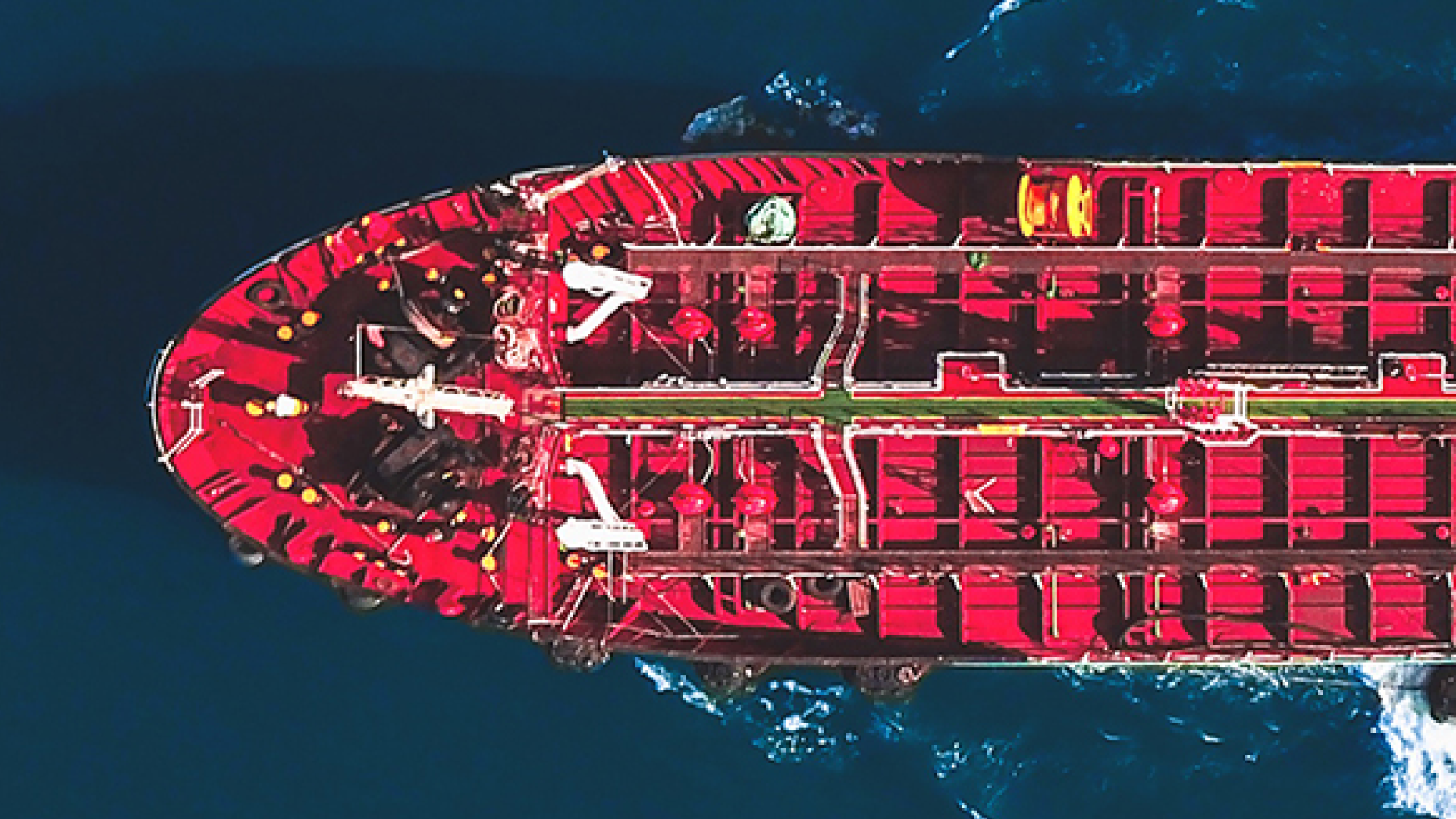
Geoeconomic Briefing
Geoeconomic Briefing is a series featuring researchers at the IOG focused on Japan’s challenges in that field. It also provides analyses of the state of the world and trade risks, as well as technological and industrial structures (Editor-in-chief: Dr. Kazuto Suzuki, Director, Institute of Geoeconomics (IOG); Professor, The University of Tokyo).
Disclaimer: The opinions expressed in Geoeconomic Briefing do not necessarily reflect those of the International House of Japan, Asia Pacific Initiative (API), the Institute of Geoeconomics (IOG) or any other organizations to which the author belongs.


Research Associate
Rintaro Inoue is a Research Associate at the Asia Pacific Initiative (API) & the Institute of Geoeconomics (IOG), the International House of Japan (IHJ), a Tokyo-based global think-tank, where he focuses on U.S. security policy, the U.S.-Australia alliance, Japanese defense policy, and economic statecraft including defense industrial base policy. Prior to assuming his current position, he joined the Asia Pacific Initiative (API) as an intern and contributed to multiple projects including the Japan-U.S. Military Statesmen Forum (MSF). He is currently researching defense industrial policies of other countries in the International Security Order Group. He received his BA and MA in law from Keio University and is now a PhD student.
View Profile-
 Japan-India Defense in a Fragmenting Indo-Pacific2025.12.10
Japan-India Defense in a Fragmenting Indo-Pacific2025.12.10 -
 The “Economic Security is National Security” Strategy2025.12.09
The “Economic Security is National Security” Strategy2025.12.09 -
 India - Japan: The Glimpse of a Shared Vision2025.12.05
India - Japan: The Glimpse of a Shared Vision2025.12.05 -
 Beijing’s ‘Globalist’ Agenda Under Trump 2.02025.12.01
Beijing’s ‘Globalist’ Agenda Under Trump 2.02025.12.01 -
 Trump’s Tariffs Might Be Here to Stay – No Matter Who’s in Power2025.11.28
Trump’s Tariffs Might Be Here to Stay – No Matter Who’s in Power2025.11.28
 Event Report: The Trump Tariffs and Their Impact on the Japanese Economy2025.11.25
Event Report: The Trump Tariffs and Their Impact on the Japanese Economy2025.11.25 The Real Significance of Trump’s Asia Trip2025.11.14
The Real Significance of Trump’s Asia Trip2025.11.14 The long road to a South Korea-U.S. trade deal2025.11.26
The long road to a South Korea-U.S. trade deal2025.11.26 The “Economic Security is National Security” Strategy2025.12.09
The “Economic Security is National Security” Strategy2025.12.09 India’s Structural Reforms: Opportunities and Risks2025.11.14
India’s Structural Reforms: Opportunities and Risks2025.11.14





